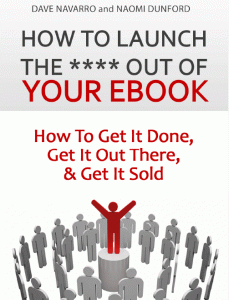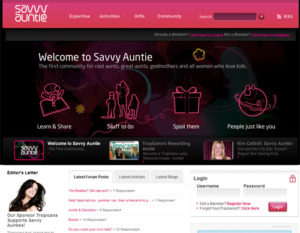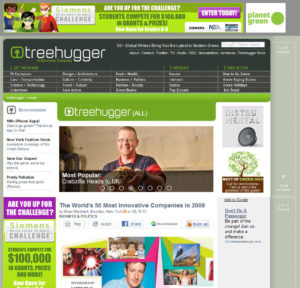As I’ve mentioned before, now is a good time to start a commercial publishing operation. Startup costs are low, marketing is free and of course — great content is always in demand.
The question that has everyone stumped, however, is how to make publishing profitable. Print as we now know it is a slippery slope. Slapped-up Adsense and banner ads aren’t cutting it, either. And those magic, get-rich blogging formulas — so tragically 2008.
Here are 3 models that work. Of course, success with any one of these rely heavily on editorial integrity and what David Meerman Scott calls The New Rules of Viral Marketing.
Ebook
- Summary: one-time download designed to solve a specific problem
- Editorial: solution-based self-help booklet targeted to a specific audience
- Marketing: customer research, heavy SEO, flexible branding, attention more on solution than author
- Revenue model: direct and affiliate sales of ebook product
- Benefits: low overhead, affiliates help boost sales, low community value, passive income
- Challenges: low community value, often perceived as gimmicky, involved formatting process
- Example: howtosellyourebook.com (an ebook on how to sell ebooks)
For people low on resources, the ebook model offers a lower-risk entry into publishing. Some cheap market research and SEO can help you can craft and target an ebook that solves a specific problem to a specific group of people.
Single Author Blog
- Summary: solo blogger strikes a chord with readers, organically builds community
- Editorial: single voice with distinct persona, artful blended with commercial
- Marketing: self-branding on social media platforms
- Revenue model: blog-to-book deal
- Benefits: ultra-low overhead, high creative latitude, perfect for one person, catching on with big publishers
- Challenges: time consuming, often lacks editorial strategy, tough to monetize
- Example: savvyauntie.com
The single author blog model is by far the quickest: you can have a free blog and social media platforms set up in minutes. Of course the real challenge is writing content interesting enough to excite readers over the long haul.
The other side to the single author blog model is to scout for up and coming authors (bloggers) and approach them with a blog-to-book deal. Many of the bigger companies are following this trend, so you’d need at least a basic education on how the book industry works and how to negotiate contracts with authors.
On that note, one Harper Collins editor says they’re experimenting with a 50/50 split model, where all revenues and costs go into a big pot and the profit is split at the end. The publishers front the costs but all decisions are made jointly with the author.
Online Magazine
- Summary: commercialized niche topic with multiple authors and intense community herding
- Editorial: journalistic, with focus on special interest and newsy articles
- Marketing: strong branding, equal parts SEO and social media
- Revenue model: banner and contextual ads, premium memberships, mailing list, affiliate sales
- Benefits: can dominate market, multiple voices/variety, dispersed workload, high profit potential
- Challenges: rigid content strategy, rigid editorial strategy, requires high overhead and management
- Example: treehugger.com
The online magazine is more involved and riskier, but has the greatest revenue potential. If you can pinpoint the right niche, manage multiple authors, invest in content strategy, then strap yourself in for an exciting ride.
***
This is about as intro as it gets on new models of publishing, but hopefully you’ll find it useful. The devil is in the details.
Whatever path you choose, remember that each project is an opportunity to establish your brand as a new generation commercial publisher. So don’t settle for anything less than ordinary!
Photo by Katie@!





E-Publishing
Thanks to shared your knowledge with us.
Kristie Wininger
I simply needed to appreciate you once again.